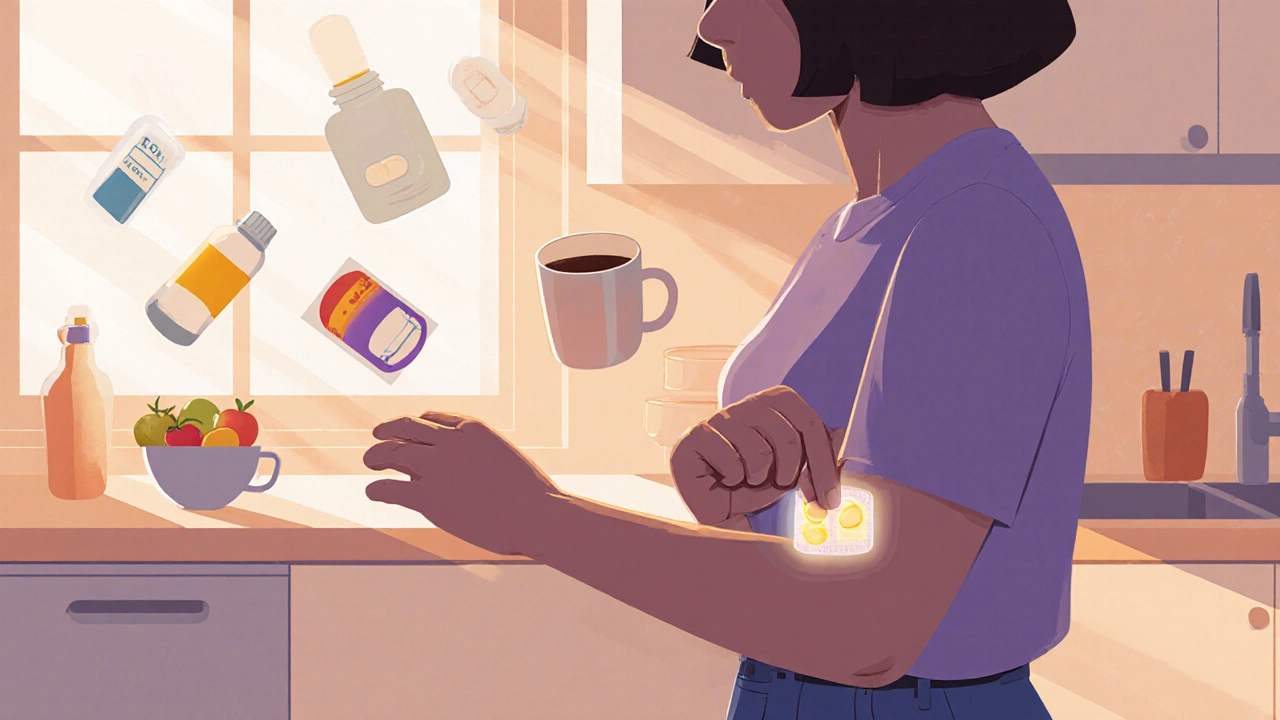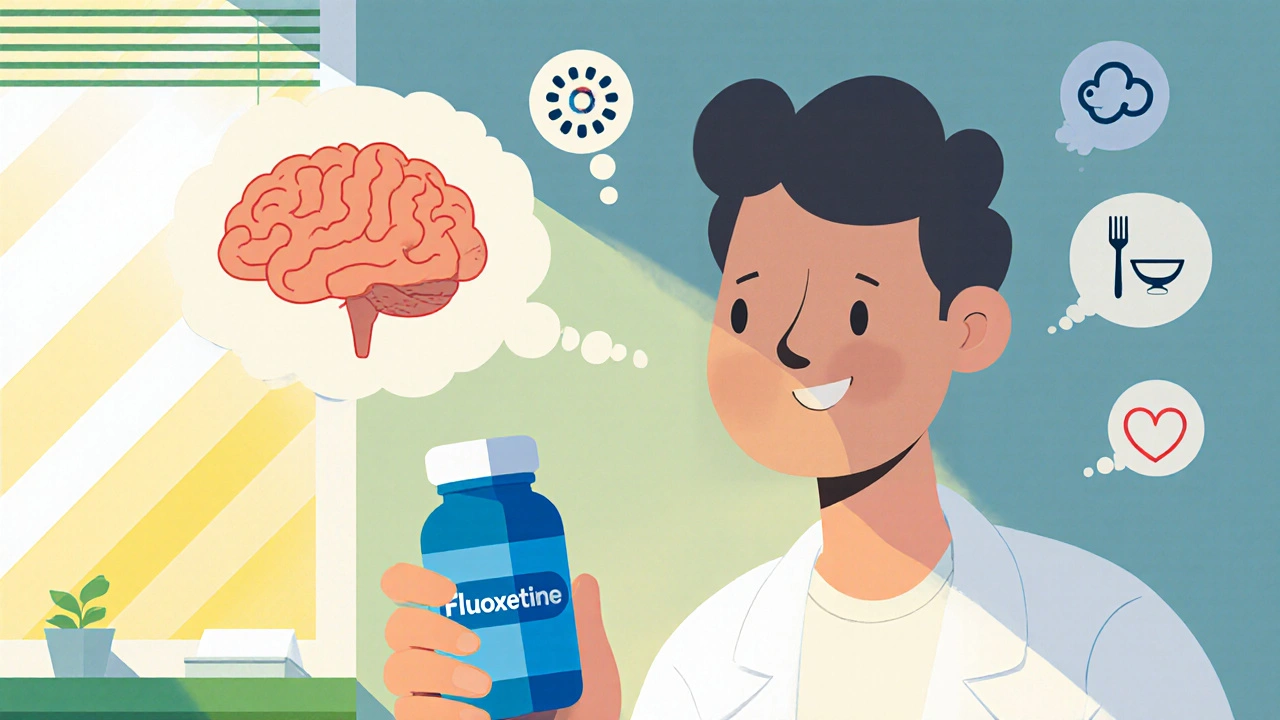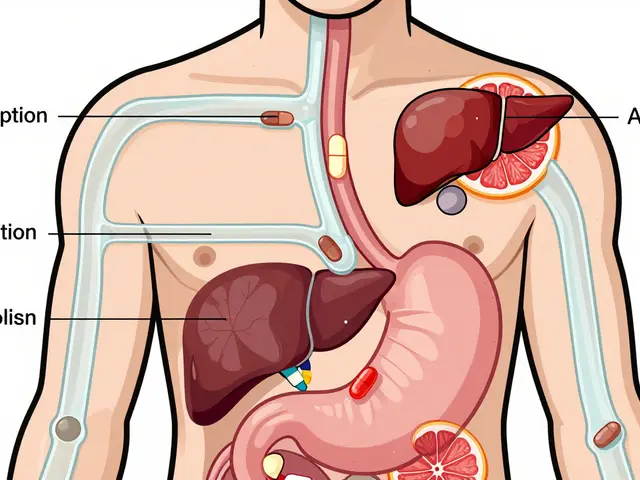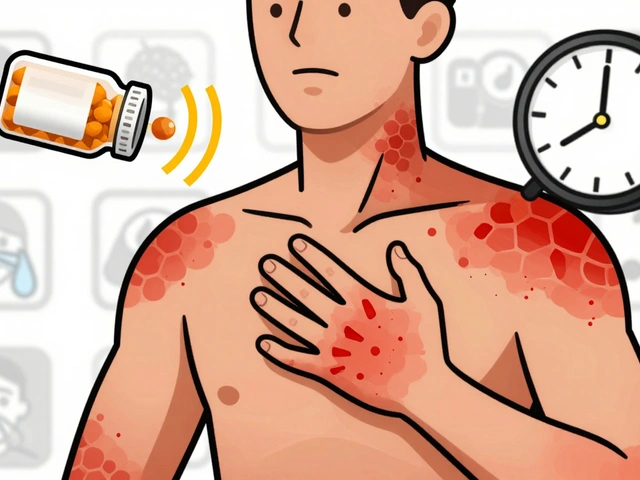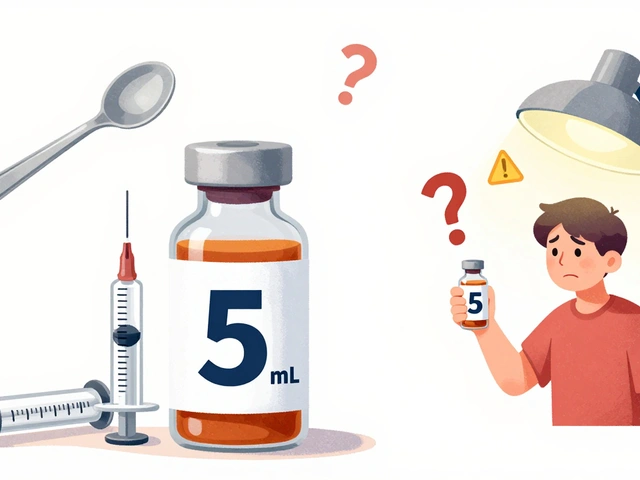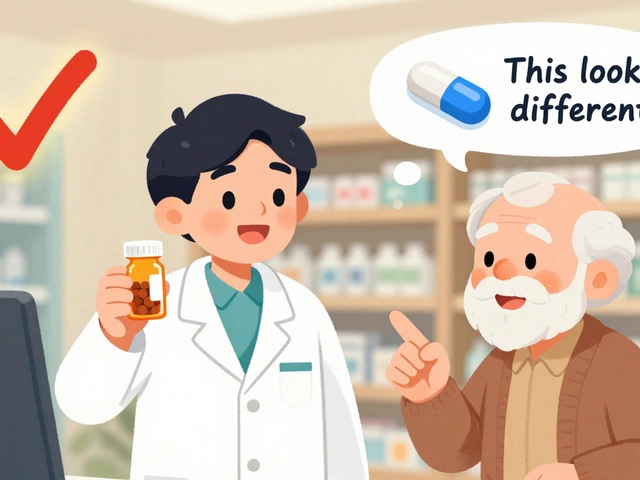Depression Treatment: Practical Options and Real‑World Guidance
When navigating Depression Treatment, a set of medical and therapeutic approaches aimed at easing depressive symptoms and restoring daily functioning. Also known as depression care, it blends drugs, talk therapy, lifestyle tweaks, and support systems. Understanding how these pieces fit together can cut through the overload of information and help you pick what really works. depression treatment isn’t a one‑size‑fits‑all plan; it’s a personalized mix that evolves with your needs.
One core piece is Antidepressants, medications that adjust brain chemicals to lift mood and reduce anxiety. Within that group, SSRIs like Prozac and Zoloft, SNRIs such as Venlafaxine, and atypical agents like Wellbutrin each have distinct benefits and side‑effect profiles. Choosing the right pill often depends on symptom pattern, medical history, and how quickly you need relief. A second pillar is Cognitive Behavioral Therapy (CBT), a structured, goal‑oriented talk therapy that teaches you to spot and rewire negative thought loops. CBT has a strong evidence base for moderate‑to‑severe depression and pairs well with medication, especially when adherence is a challenge.
Supporting Elements That Strengthen Depression Care
Beyond pills and talk, several supporting entities boost outcomes. Medication adherence acts like the engine oil in a car; skipping doses or stopping early can stall progress and trigger relapse. Simple tools—pill organizers, reminder apps, or regular check‑ins with a pharmacist—keep the regimen on track. Supplements such as omega‑3 fatty acids, vitamin D, or St. John’s wort are often discussed; while they can aid mood, they should complement—not replace—clinically proven treatments. Sleep hygiene is another hidden lever: consistent bedtime, limiting screens, and using sleep trackers to spot patterns can reduce daytime fatigue, a common depression symptom. Finally, psychosocial support—whether from family, support groups, or a mental‑health professional—provides accountability and emotional safety, making it easier to stay engaged with the overall plan.
Putting these pieces together creates a roadmap: start with a thorough evaluation, consider an antidepressant suited to your profile, add CBT or another evidence‑based therapy, and reinforce everything with adherence tools, lifestyle tweaks, and supportive networks. Below you’ll find a curated collection of articles that dive deep into each of these areas—drug comparisons, therapy guides, supplement reviews, and practical tips for staying on course. Explore the resources to build a depression treatment strategy that feels right for you and fits your daily life.
Compare Emsam (Selegiline) with Alternatives for Depression Treatment
Emsam (selegiline) is a patch-based antidepressant for treatment-resistant depression. Learn how it compares to SSRIs, other MAOIs, bupropion, and esketamine - and which option might be right for you.
Fluoxetine vs Alternatives: A Practical Comparison Guide
A thorough guide comparing fluoxetine with its main alternatives, covering mechanisms, side effects, costs, and how to pick the right antidepressant for you.

